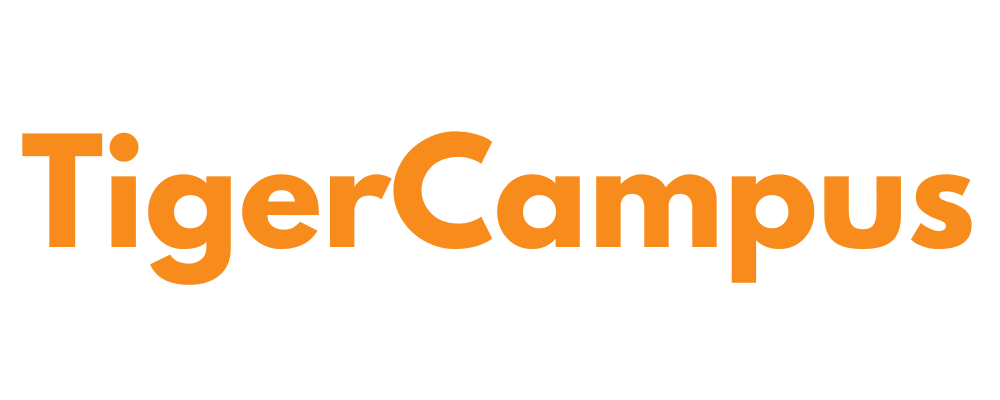Data Science with Python
Immerse yourself in extensive datasets, harnessing machine learning techniques to unearth valuable insights.

Our tutors graduated from top universities







Overview
Customised curriculum
We'll find a tutor who can make sure you're prepared for the A-Level Chemistry exam with customisable lessons catered to fit your needs.
Flexible
Take lessons only when you need them—as little or as many as necessary until you feel confident.
Private lesson
No need to accommodate other students. Learning is customised your perfect pace and difficulty so you are always improving.
About Python & Data Science
Python’s popularity in data science can be attributed to its simplicity, readability, and extensive library ecosystem. Data science is an interdisciplinary field that encompasses statistics, machine learning, data mining, and big data technologies, all aimed at extracting insights from structured and unstructured data.
Why Choose Python for Data Science?
1. Abundance of Libraries: Python offers a comprehensive library stack for data manipulation and analysis. This includes Pandas for data manipulation, Matplotlib for data visualization, and Scikit-learn for machine learning, making it a one-stop solution for data scientists.
2. Active Community and Collaboration: Python boasts a dynamic community of data professionals and engineers who actively contribute to its ecosystem. This results in a wealth of libraries, tutorials, and shared expertise to effectively address data science challenges.
3. Versatility: Python’s versatility extends beyond data science to encompass web development, automation, software development, and more, making it a valuable asset in various professional contexts.
4. Ease of Learning: Python’s clean and readable syntax is accessible to newcomers, especially in data science, where many professionals may not have extensive programming backgrounds.
5. Integration Capabilities: Python seamlessly integrates with other languages and technologies. It can invoke R scripts for specialized statistical analyses, work effectively with SQL databases, and collaborate with C/C++ for performance-critical tasks.
6. Practical Applications: Python’s data science capabilities find practical use across diverse industries, including healthcare, finance, retail, and scientific research. It covers a wide range of applications, from predictive analytics to natural language processing.
7. Machine Learning and AI: Python stands out as the preferred language for machine learning and artificial intelligence, offering dedicated libraries like TensorFlow and PyTorch for advanced neural networks and algorithms.
In the Corporate World
Prominent tech giants such as Google, Facebook, and Amazon utilize Python for data analytics and machine learning models. Its scalability and user-friendly nature also make it a suitable choice for startups and small businesses.
Mastering Python equips individuals not only with a programming language but also with access to a versatile toolbox for navigating the complex landscape of data. This proficiency holds immense value in today’s data-driven economy.
Description
Take a fascinating dive into the world of data science through this all-encompassing Python course. Data science revolves around the exploration and interpretation of data to extract valuable insights, often harnessing machine learning to automate model creation and improve data accessibility.
In this course, you’ll not only learn how to craft engaging data visualizations but also delve into machine learning, empowering you to automate data tasks, uncover patterns, and offer well-informed recommendations.
What you will learn
- Proficient in key SQL concepts
- Familiarity with Python syntax, covering functions, logic, lists, and loops
- Competent in data visualization and statistical analysis
- Well-versed in the fundamentals of machine learning
Requirements
- Ages 13-18
- Basic knowledge of Python
- Able or willing to understand complex concepts
- Analytical and detail-oriented
- Interested in future technology
Student FAQs About Data Science with Python
Python’s status as the go-to language for data science is due to its user-friendly nature and clean syntax, which make it accessible even to those without a programming background. Its extensive library ecosystem, featuring essential tools like Pandas, NumPy, and Matplotlib, simplifies data manipulation and enhances data visualization capabilities.
Absolutely, Python’s versatility allows for a seamless transition from data cleaning and analysis to machine learning, all within the same framework. Libraries such as Scikit-learn, TensorFlow, and PyTorch empower data professionals to perform a wide range of data-related tasks.
Python effectively handles large datasets through specialized libraries like Dask and PySpark, designed to manage data distributed across multiple clusters. Dask enables parallel computing, making it well-suited for distributed tasks, while PySpark, built on the Apache Spark framework, offers scalability for processing extensive datasets. Moreover, Python’s ecosystem provides tools for seamless integration with big data technologies like Hadoop and Hive, streamlining work with massive datasets and enabling data experts to extract valuable insights.
Proficiency in Python should cover fundamental statistical methods, including descriptive statistics, probability distributions, hypothesis testing, and regression models. Leveraging libraries like Statsmodels and SciPy simplifies the application of these statistical techniques.
Typically, a data science project commences with data collection, followed by data cleaning and manipulation using Pandas. Exploratory data analysis (EDA) is then carried out, often using Matplotlib or Seaborn for visualization. Finally, Scikit-learn comes into play for implementing machine learning algorithms and deriving insights from the data.
Python exhibits remarkable versatility in handling various data types, including numerical data, text data, image data, and even unstructured data like social media content. Its adaptability makes it an invaluable tool across a wide spectrum of data domains.
Looking for other coding tuition?
How it works
1
Request a tutor
Let us know your goals and age range. We'll figure out a plan to help get you there.
2
Match with a tutor
You'll get a tutor based on your needs and goals, or you can request a specific tutor.
3
Start a free trial
Experience a free trial lesson with your new tutor and see if your learning style matches.
4
Keep it up!
If everything went well, sign up to keep going! You can choose the pacing of the lessons
1Request a tutor
Let us know your goals and age range. We'll figure out a plan to help get you there.
2Match with a tutor
You'll get a tutor based on your needs and goals, or you can request a specific tutor.
3Start a free trial
Experience a free trial lesson with your new tutor and see if your learning style matches.
4Keep it up!
If everything went well, sign up to keep going! You can choose the pacing of the lessons
Need more info?
Let's talk.
Leave your phone number, and we’ll call you back to discuss how we can help you.


